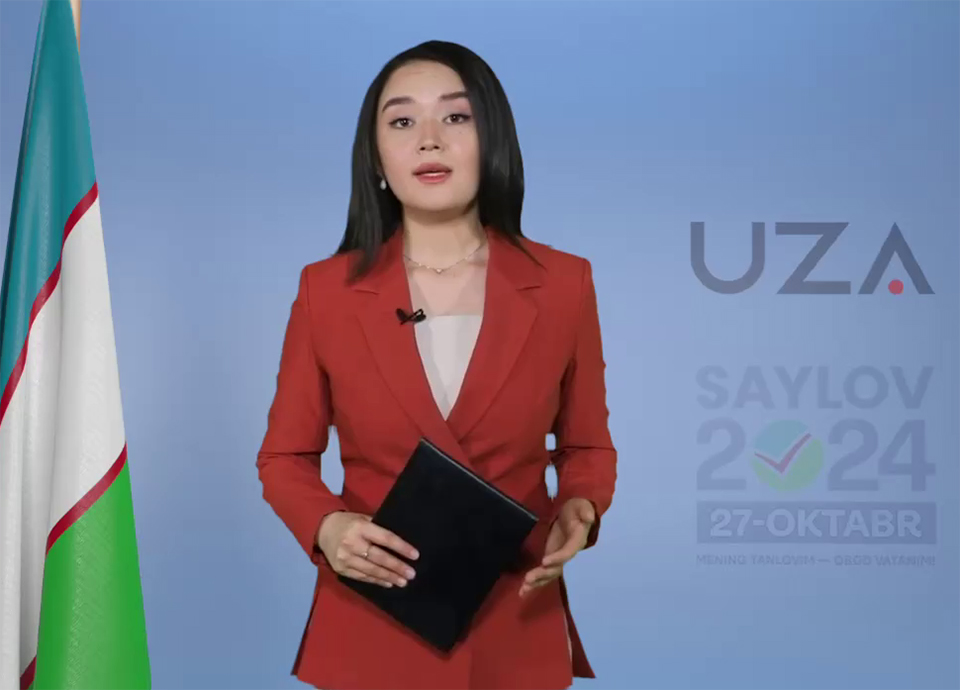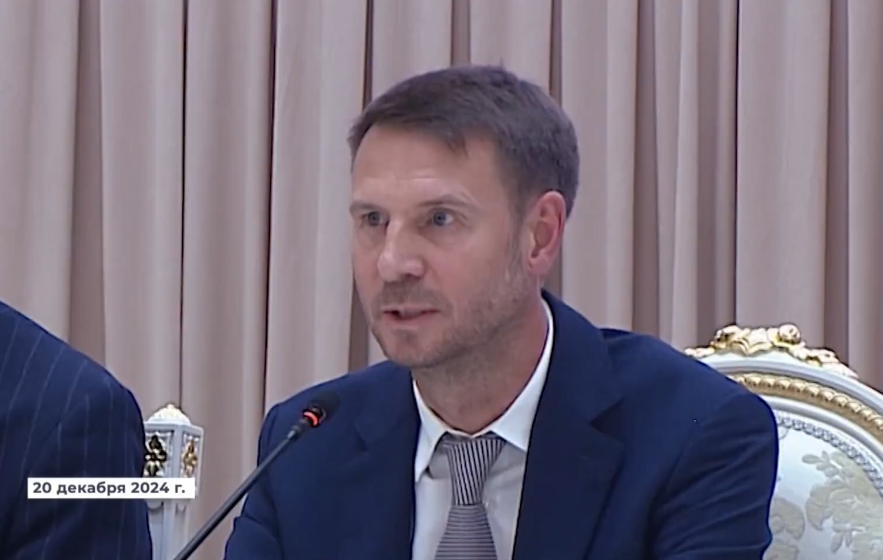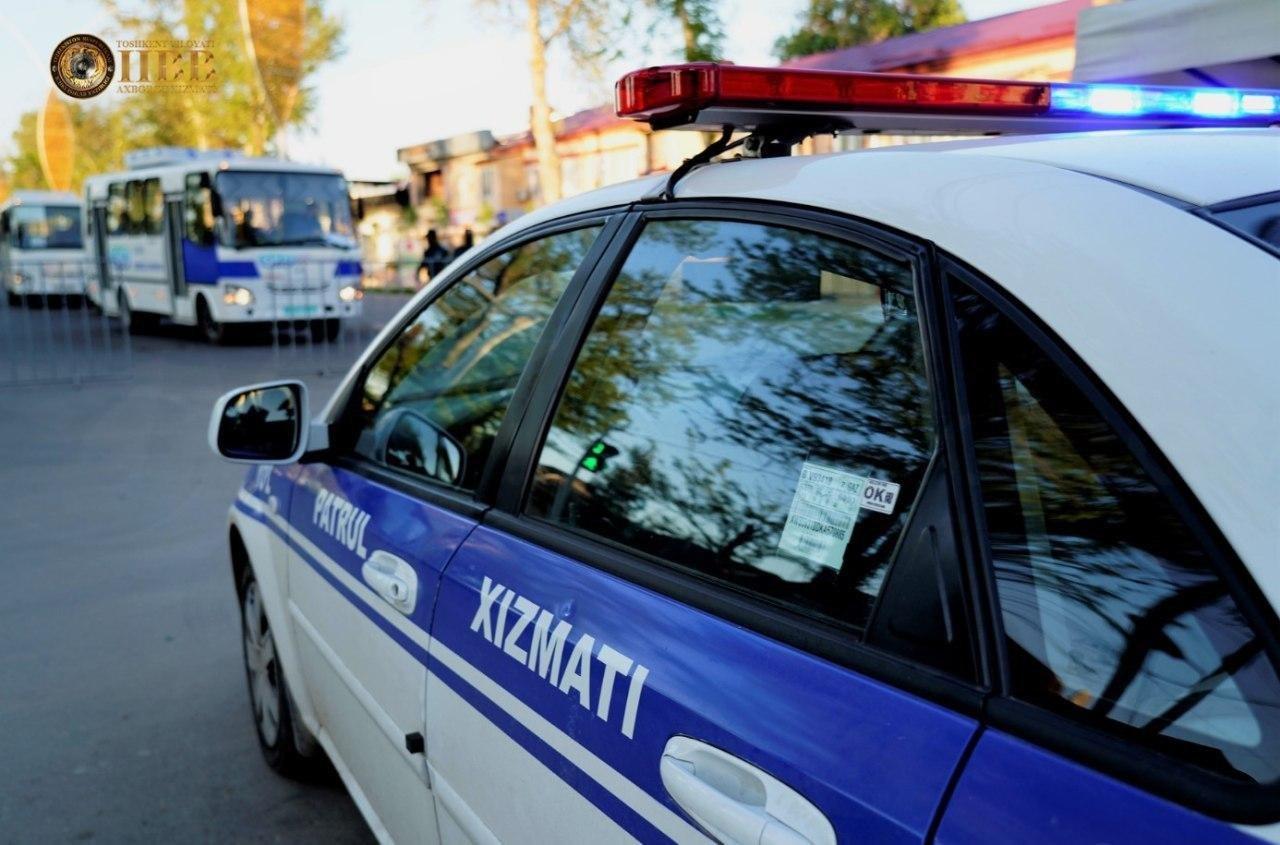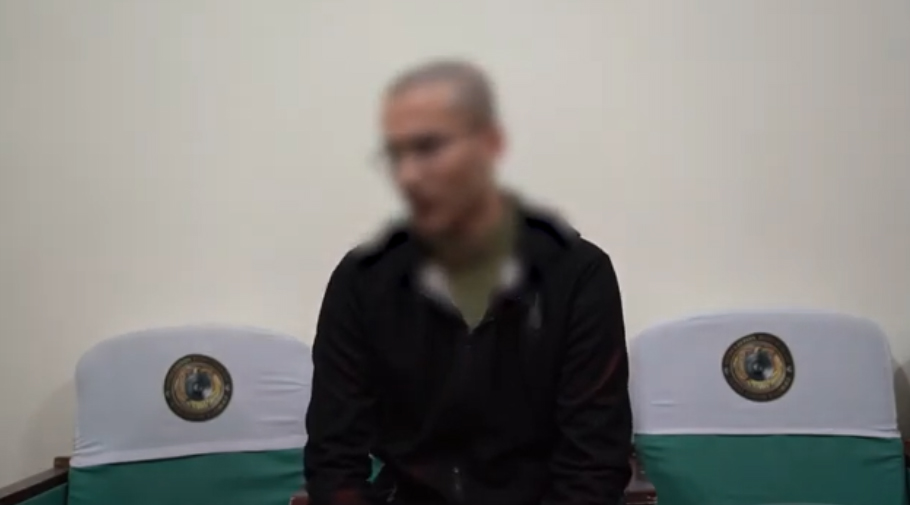This article is also available in:
Русский (Russian)
The National Information Agency of Uzbekistan (UzA) has introduced the country’s first-ever digital anchor, created using artificial intelligence. This digital correspondent has been named Sobira Kholdarova, in honor of the first female professional journalist in Central Asia and Uzbekistan.
The digital anchor is already actively involved in disseminating official information and news in nine languages, including Uzbek, English, Russian, French, Arabic, Chinese, German, Spanish, and Kazakh.
Each video featuring Kholdarova includes a special QR code. Viewers can use this code to access the official UzA website and read the text of the news. UzA warns that if a video featuring Kholdarova lacks a QR code or the link does not lead to the agency’s website, it is a fake.
The digital correspondent was created using the prototype of journalist Dildora Abdukhalilova.
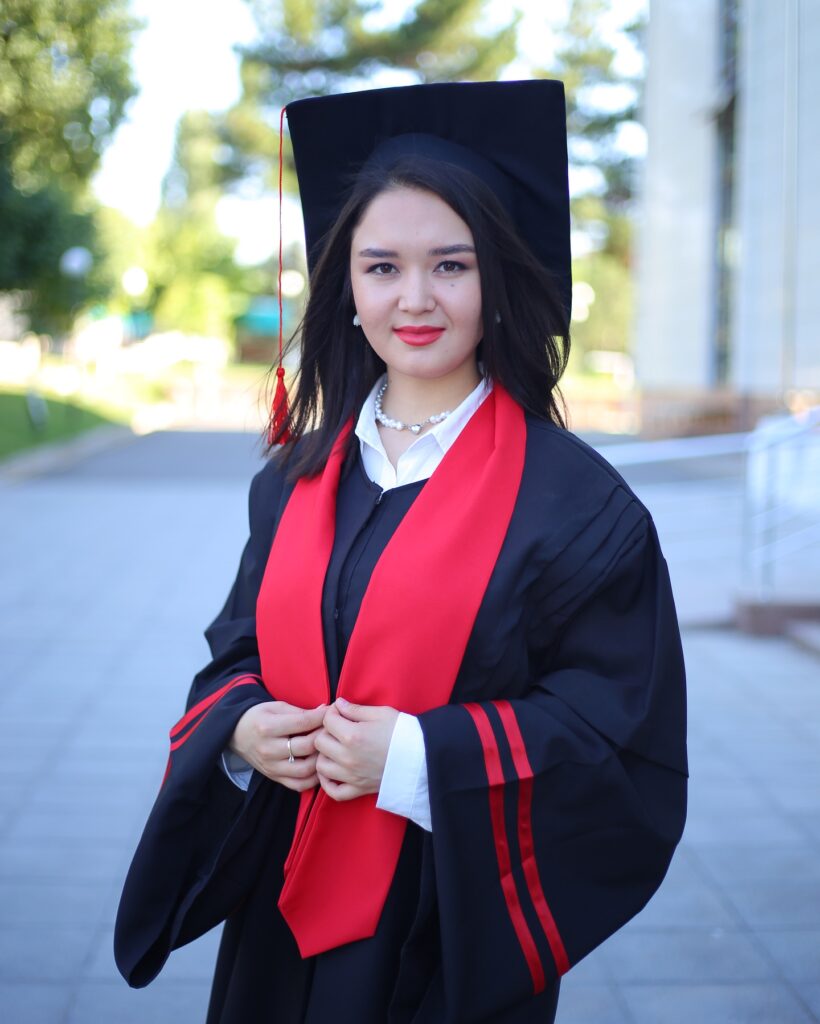
Who Was Sobira Kholdarova?
The name of the digital correspondent was not chosen by chance. Sobira Kholdarova was the first female professional journalist in Central Asia and Uzbekistan. She was born in 1907 in the city of Chust, Namangan region, into a poor peasant family. In 1923, she moved to Tashkent, where she studied at a girls’ educational institution, and later continued her studies at the All-Union Institute of Journalism in Moscow.
Upon returning to Tashkent, Kholdarova worked in the editorial offices of several newspapers and magazines. However, in 1937, she was accused of “losing class consciousness and connections with the revolutionary movement,” which led to her arrest and imprisonment. On December 5, 1940, Sobira Kholdarova was sentenced to 10 years in labor camps and sent to Yakutia. Her husband, Mumin Usmanov, was executed in 1938, and their children, Pulat and Manzura, were sent to an orphanage.
After being released in 1955, Sobira Kholdarova returned from prison. She passed away in 1984, leaving a significant legacy in the field of journalism. Her son, Pulat Usmanov, fought on the fronts of World War II and was wounded, while her daughter, Manzura Usmanova, became a Doctor of Physical and Mathematical Sciences.
The digital anchor of UzA, named after Sobira Kholdarova, continues her work, demonstrating that technology and tradition can go hand in hand, creating a new chapter in the history of Uzbek journalism.
The text has been translated by AI. For more accurate information, please refer to the Russian version of the article.

